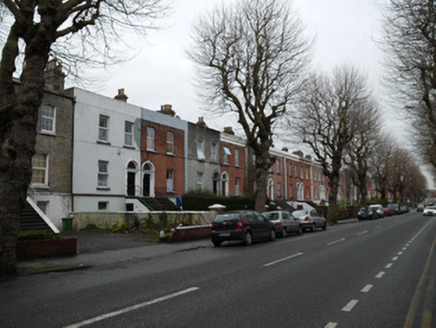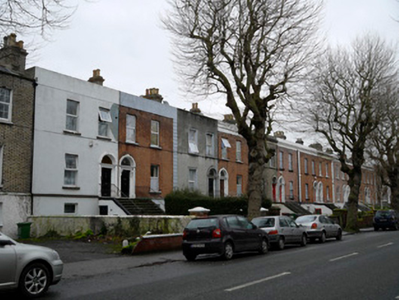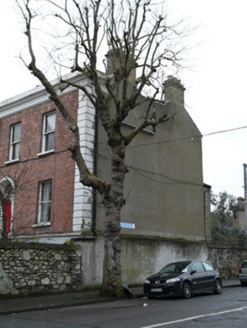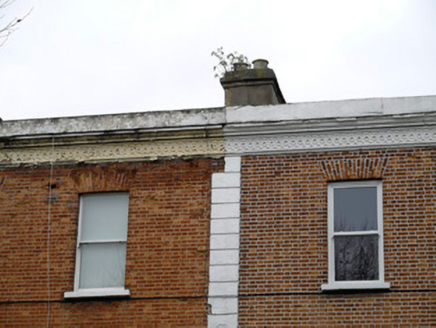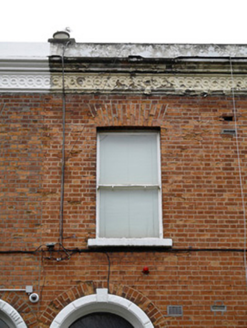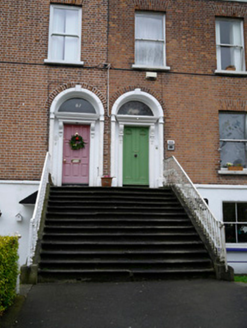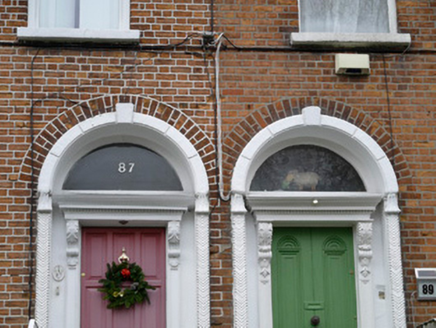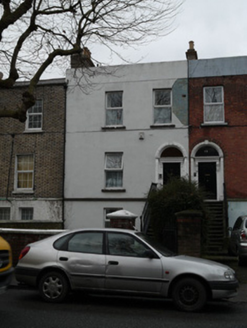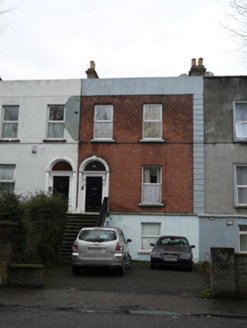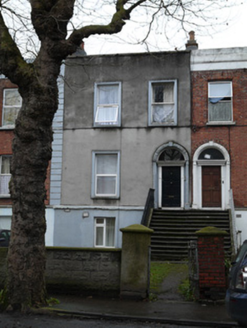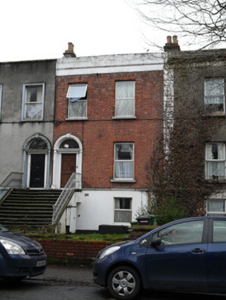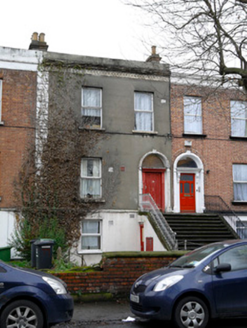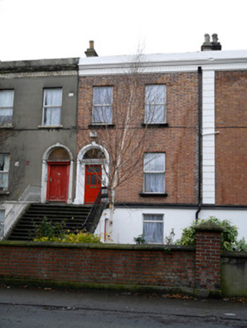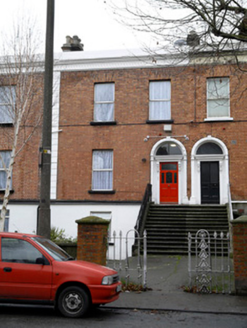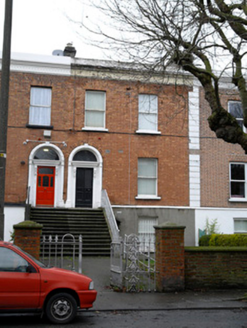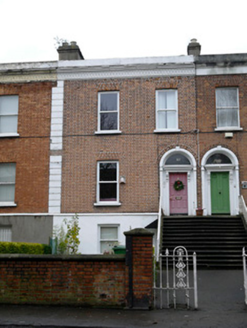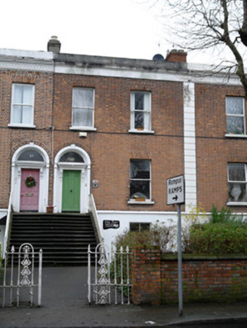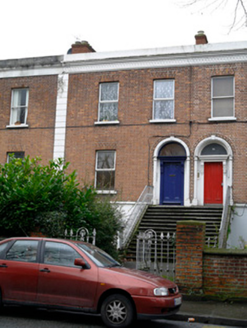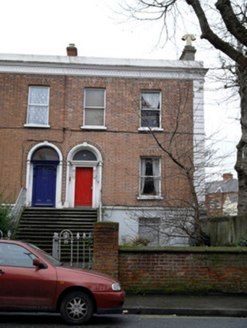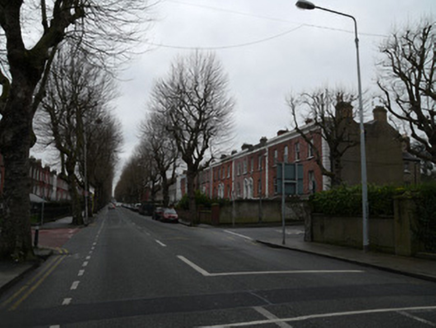Survey Data
Reg No
50070012
Rating
Regional
Categories of Special Interest
Architectural, Artistic
Previous Name
Belfast Terrace
Original Use
House
In Use As
House
Date
1860 - 1870
Coordinates
313612, 235172
Date Recorded
21/12/2012
Date Updated
--/--/--
Description
Terrace of twelve two-bay two-storey over raised basement houses, built c.1865, having two-storey returns with pitched roofs to rear. Now also in use as offices. Adjoined neighbouring terrace to south-west. Shared M-profile slate roof having continuous parapet to front (south-east) elevation. Rendered parapet having guilloche pattern. Rendered chimneystacks. Yellow brick end chimneystacks to rear returns. Red brick walls laid in Flemish bond to upper floors having cut granite plinth course over rendered walls to basement level. Rusticated render quoins. Rendered walls to no.71, no.75 and no.79, and to north-east gable. Yellow brick walls laid in English Garden Wall Bond to rear. Square-headed window openings having cut stone sills. One-over-one pane timber sash windows to no.85, no.89 and no.93. Replacement uPVC windows to remainder. Round-headed door openings, each having decorative render surround, with doorcase with pilasters having decorative brackets supporting a frieze and cornice. Plain fanlights. Timber panelled doors. Flight of cut granite steps with nosings to shared entrance platforms having cut granite capped retaining walls with cast-iron railings. Set back from road having front gardens enclosed by brick wall and piers with granite cappings, cast-iron pedestrian entrance gates. No front boundary wall to number 73.
Appraisal
This terrace with a substantially raised entrance level presents an imposing elevation suited to the broad character of the tree-lined North Circular Road. The pairing of the houses with rusticated quoins and shared entrance platforms gives an ordered elevation and pleasing scale to the terrace. The matching surviving door surrounds contribute to its unified appearance. Historic maps show the terrace named as Belfast Terrace. The North Circular Road was laid out in the 1780s to create convenient approaches to the city. It developed slowly over the following century with the far west and east ends developing last.
